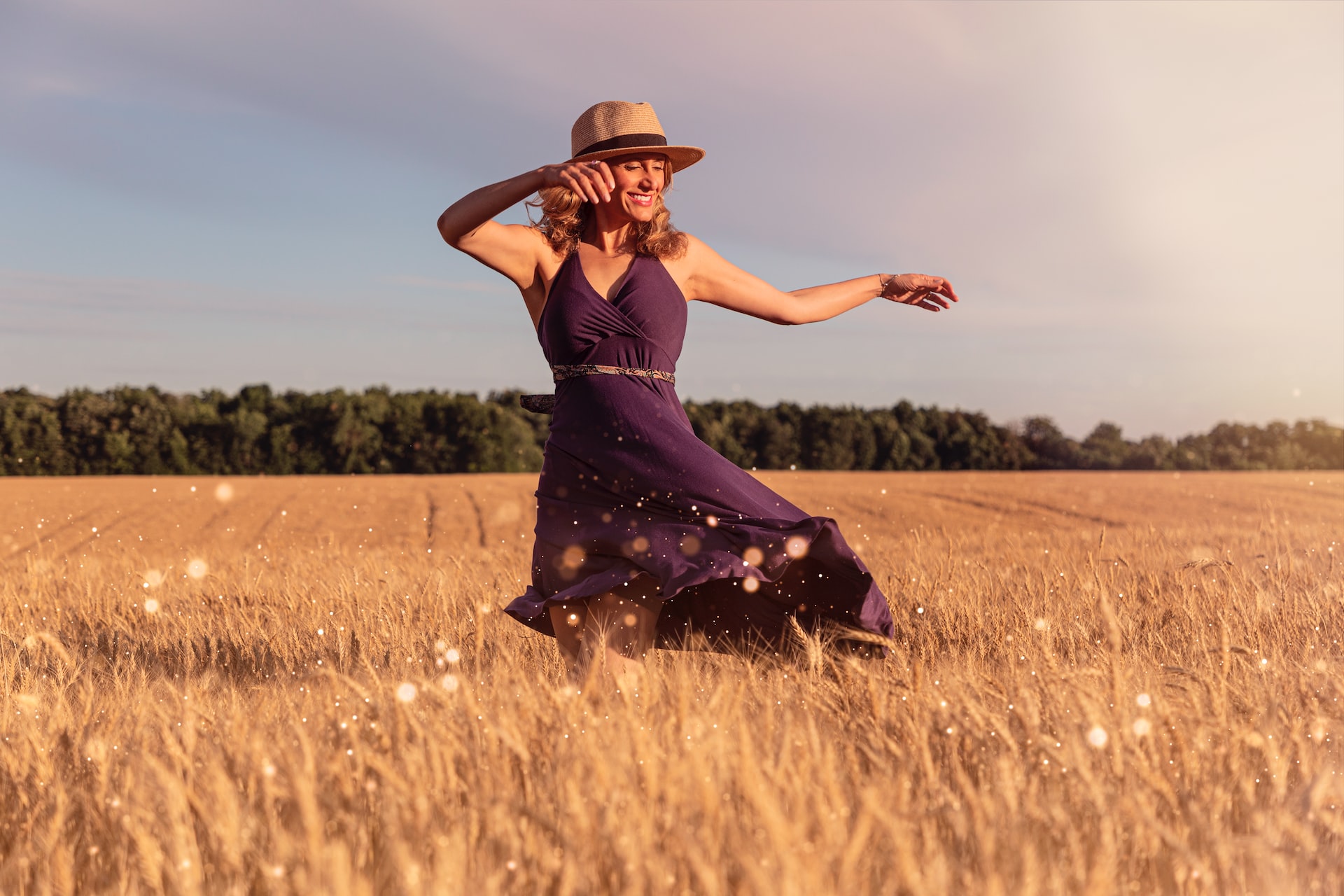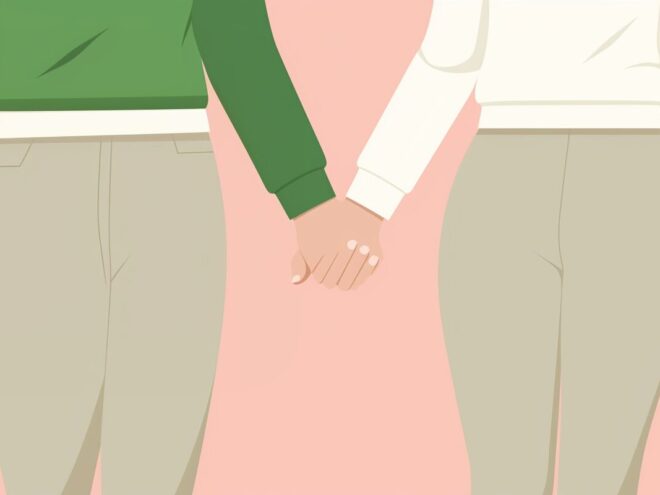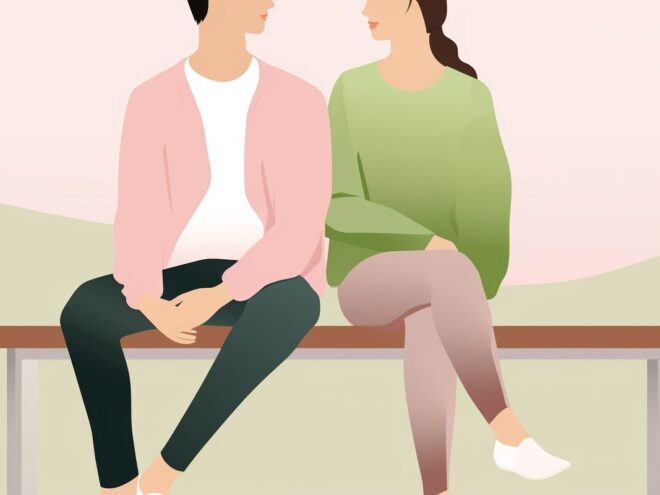Life • 02/10/2023
5 Impressive Mental Benefits of Dancing

Revivalist is a reader-supported endeavor and our posts may contain affiliate links. When you buy through links on our site, we may earn an affiliate commission.
What’s the best thing you can do to protect your brain as you age? Scientific evidence suggests multiple factors play a role in keeping this organ healthy, but the greatest perk may come from strapping on your boogie shoes and cutting a rug. It’s hard to beat the mental benefits of dancing.
Why does it matter? Your brain runs everything else in your body and when it gets sick, it robs you of your independence and saps enjoyment from everyday life. You may reach the point where you can no longer live without support or recognize beloved family members. Nearly one in every nine adults over 65 live with some degree of Alzheimer’s disease, with women making up two-thirds of the cases.
Keeping your cognition sharp isn’t the only brain perk you’ll reap from this exercise form. Why should you keep tripping the lights fantastic as you age? Here are five impressive mental benefits of dancing.
1. Protects Against Dementia
This activity’s impact on increasing neuroplasticity may be the greatest of dancing’s mental benefits. In 2003, researchers publishing in The New England Journal of Medicine inspected the impact of six cognitive activities and eleven physical ones on overall dementia risk. While movements like cycling and swimming offered no dementia-reducing effects, dance lowered the danger by an impressive 76%, nearly twice that of the next-highest activity, reading, at 47%.
Why the effect occurs remains unclear, but scientists theorize that neuroplasticity holds the answer. Challenging the brain in new ways — such as following a series of dance steps — helps it form connections that circumvent those damaged by amyloid plaques. Doing so while simultaneously moving provides the proper biochemical soup of hormones and neurochemicals, allowing for optimal improvements.
The Verghese et al. study isn’t the only one suggesting the neuroprotective qualities of dance. A recent systematic review of 12 studies indicated that the activity improves the overall quality of life for people with the condition while slowing disease progression. Based on their findings, researchers recommend further investigation into these types of programs and their benefits.
2. Improves Depression
Depression is an illness that likewise steals life from people’s years. It can keep you in bed, disengaged from your family and loved ones and finding little meaning or joy in daily activities. It’s like living under a vast gray cloud from which you cannot emerge. One of the mental benefits of dancing is easing the symptoms.
Dancing alleviates depression through several mechanisms. For one, it produces juicy endorphins, a special type of neurotransmitter that reduces pain and enhances mood. Although maximizing your levels takes a longer, moderate-intensity workout, recent evidence suggests that several shorter 15-minute sessions that add up to 150 minutes per week also get you the requisite boost.
However, you might start to feel better even before the endorphins kick in. That’s because exercise also boosts serotonin levels, a neurotransmitter long associated with depression. Insufficient levels or reuptake of this chemical can impact mood. The effect occurs after roughly 30 to 45 minutes of work, so try to fit a few half-hour sessions into your week.
3. Mitigates Anxiety
Anxiety is often depression’s evil twin. Many people have both conditions. However, fortunately, the same dance workout that eases one also alleviates the other.
Physical activity mitigates anxiety by tapping into your body’s innate fight-or-flight system. When you experience stress, your body ramps up the production of two hormones, adrenaline and cortisol. While adrenaline eventually dissipates, cortisol can remain high as your body interprets chronic stress as a prolonged onslaught.
High cortisol levels can make anxiety worse by creating unpleasant physical symptoms. For example, it can drive cravings for fatty and sugary foods, resulting in weight gain. It also erodes sleep, which is necessary for keeping your weight in check. Finally, it affects neurotransmitter levels, impacting your mood.
Exercise helps lower cortisol naturally — your body doesn’t know the difference between jogging on the treadmill and outracing a hungry bear. However, you have to remain within reason to reap the maximum benefits. More isn’t necessarily better.
Workouts that go longer than an hour or are high in intensity can increase, not decrease, cortisol levels. That’s yet another reason why dance is ideal. Its very nature makes it a moderate-intensity activity, although you can certainly kick things up a notch with power moves or slow it down with gentle ballroom styles.
4. Improves Overall Coordination
How is improved coordination linked to mental health? When you consider that falls contribute to older adults losing their independence and dance helps them prevent slipping and gripping, it’s easy to draw the connection.
Many older adults grow more depressed and anxious with age because they lose their ability to manage daily life activities. That means hiring third-party care, which can get expensive, or relying on family members who may already have too much stress, causing generational strife. Dancing helps to stave off such changes, increasing your sense of agency and lessening the burden on outside care providers.
Improved coordination may seem like more of a physical than a mental benefit of dancing. However, it qualifies as both by helping active seniors maintain their independence.
5. Encourages Healthy Social Connection
Social connection is vital to stave off many of aging’s changes, including dementia risk. Your chances of cognitive decline increase threefold if you’re under 80 yet often experience loneliness.
Unfortunately, many older adults struggle with loneliness as life partners and best friends pass away. It’s harder to meet a new circle as you age, and many people don’t bother making the effort.
However, dance can break the ice, facilitating new friendships. Try taking a class in a partnered style like tango. Your instructor will pair you with multiple other students, giving you ample opportunities to form new connections.
The Mental Benefits of Dancing
Are you looking to stay younger and more fit as you age? Why not take up dance? This practice isn’t only physically healthy — it can help protect your brain.
Now that you understand the mental benefits of dancing, why not add this activity to your weekly to-do list? A few 15 to 30-minute sessions in your boogie shoes could make a substantial difference in your physical and mental health.
Subscribe to Our Weekly Newsletter
We would love to connect deeper with you!


